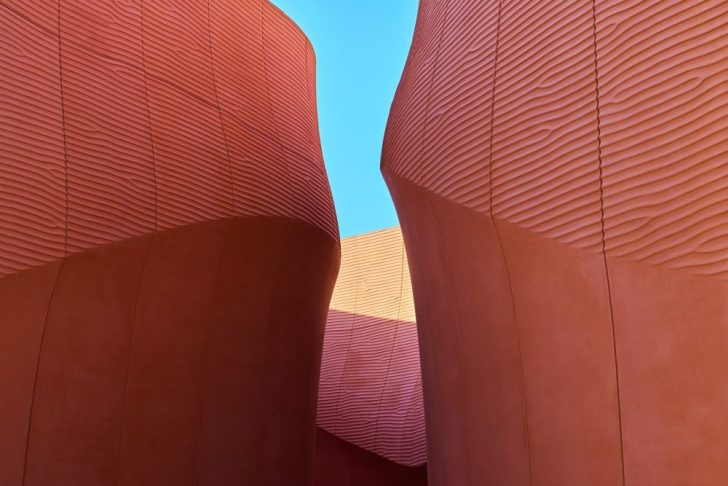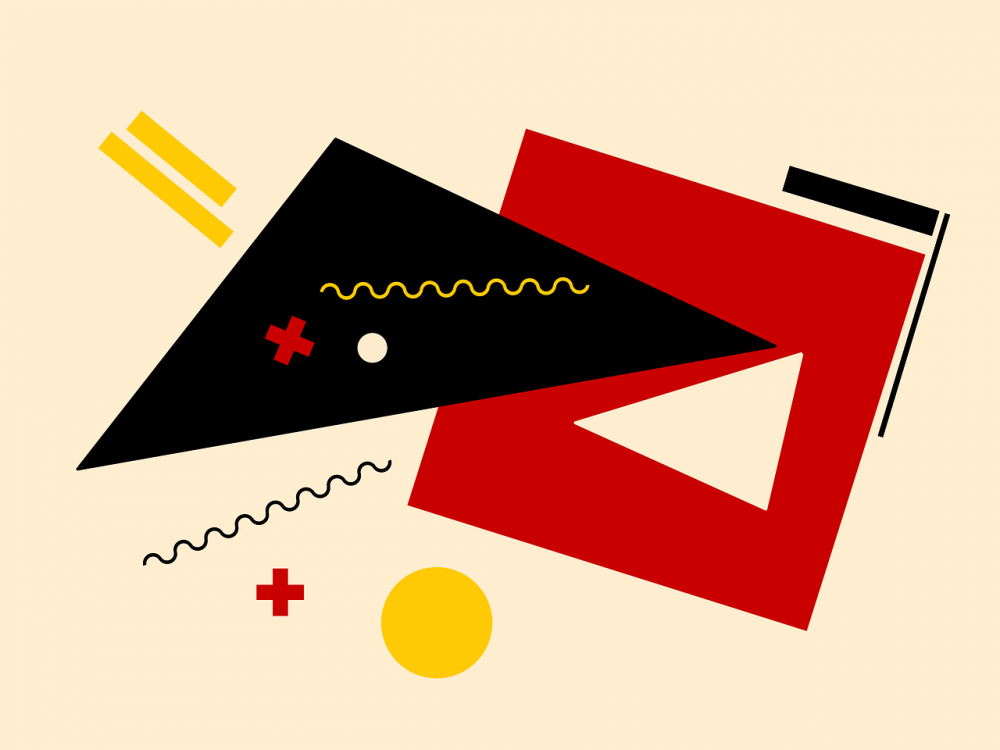Scandinavian design has gained worldwide recognition for its clean lines, simplicity, functionality, and timeless aesthetic

In this comprehensive article, we will delve into the essence of Scandinavian design, exploring its various types, popular examples, quantitative measurements, differences within the design style, and a historical overview of its advantages and disadvantages.
1. An Overview of Scandinavian Design
Scandinavian design emerged in the early 20th century and is characterized by a focus on minimalism, functionality, and natural materials. It prioritizes creating objects that are both beautiful and practical, with a strong emphasis on craftsmanship. By combining these elements, Scandinavian design manages to achieve a timeless elegance that is appreciated globally.
2. Presentation of Scandinavian Design

Scandinavian design encompasses various forms, ranging from furniture and lighting to interior design and textiles. Each category strives for simplicity, clean lines, and functionality. Popular Scandinavian furniture designers include Arne Jacobsen, Alvar Aalto, and Hans Wegner. Their iconic designs, such as Jacobsen’s Egg Chair or Wegner’s Wishbone Chair, have become synonymous with Scandinavian design.
3. Quantitative Measurements of Scandinavian Design
One way to quantify the impact of Scandinavian design is through its recognition and influence in international design awards and exhibitions. The recipients of prestigious design awards, such as the Red Dot Design Award or the iF Design Award, often include Scandinavian designers. Additionally, Scandinavian design exhibitions, such as Stockholm Furniture & Light Fair, attract professionals and enthusiasts from all over the world.
4. Differences within Scandinavian Design
While Scandinavian design is often associated with a unified aesthetic, it does have variations across the Nordic countries. Swedish design tends to emphasize functionality, Danish design focuses on craftsmanship, and Finnish design incorporates nature-inspired motifs. These subtle differences contribute to the rich tapestry of Scandinavian design and allow for diverse interpretations.
5. Historical Overview of Pros and Cons
Scandinavian design has numerous advantages, including its ability to create harmonious living spaces, its focus on sustainability and eco-friendliness, and its enduring appeal. The minimalistic nature of Scandinavian design also promotes a clutter-free environment, enhancing mental well-being. However, some critics argue that Scandinavian design can sometimes be too uniform, lacking individuality and personalization.
In conclusion, Scandinavian design is a highly regarded design style known for its simplicity, functionality, and timeless elegance. It encompasses various types, including furniture, lighting, textiles, and interior design, with iconic designers leaving a lasting impact. The recognition it receives through international awards and exhibitions serves as a testament to its global influence. Although there are subtle differences within Scandinavian design, its overall essence remains the same. The historical overview presents both advantages and disadvantages, showcasing the enduring appeal while acknowledging potential drawbacks. Scandinavian design continues to shape the design world, leaving a mark on homes and spaces worldwide.
[INSERT VIDEO HERE]
Sources:
1. ”Scandinavian Design: Nature, Function, and Simplicity” – ScandinavianDesign.com
2. ”The Essence of Scandinavian Design” – NordicDesign.ca
3. ”Scandinavian Design: History, Principles, and Modern Examples” – ArchDaily.com
4. ”The Impact of Scandinavian Design in Today’s World” – DesignMilk.com
FAQ
What are some popular examples of Scandinavian design?
What are the advantages and disadvantages of Scandinavian design?
What is the essence of Scandinavian design?
Fler nyheter
Passfoto i Vällingby: Allt du behöver veta
In this comprehensive article, we will delve into the essence of Scandinavian design, exploring its various types, popular examples, quantitative measurements, differences within the design style, and a historical overview of its advantages and disad...
01 oktober 2025
Passfoto på Östermalm: En guide till perfekta ID-foton
In this comprehensive article, we will delve into the essence of Scandinavian design, exploring its various types, popular examples, quantitative measurements, differences within the design style, and a historical overview of its advantages and disad...
02 augusti 2025
Att välja rätt fotograf till bröllop i Linköping
In this comprehensive article, we will delve into the essence of Scandinavian design, exploring its various types, popular examples, quantitative measurements, differences within the design style, and a historical overview of its advantages and disad...
06 juni 2025
Jotun-färg: En palett av kvalitet och tradition
In this comprehensive article, we will delve into the essence of Scandinavian design, exploring its various types, popular examples, quantitative measurements, differences within the design style, and a historical overview of its advantages and disad...
02 december 2024











